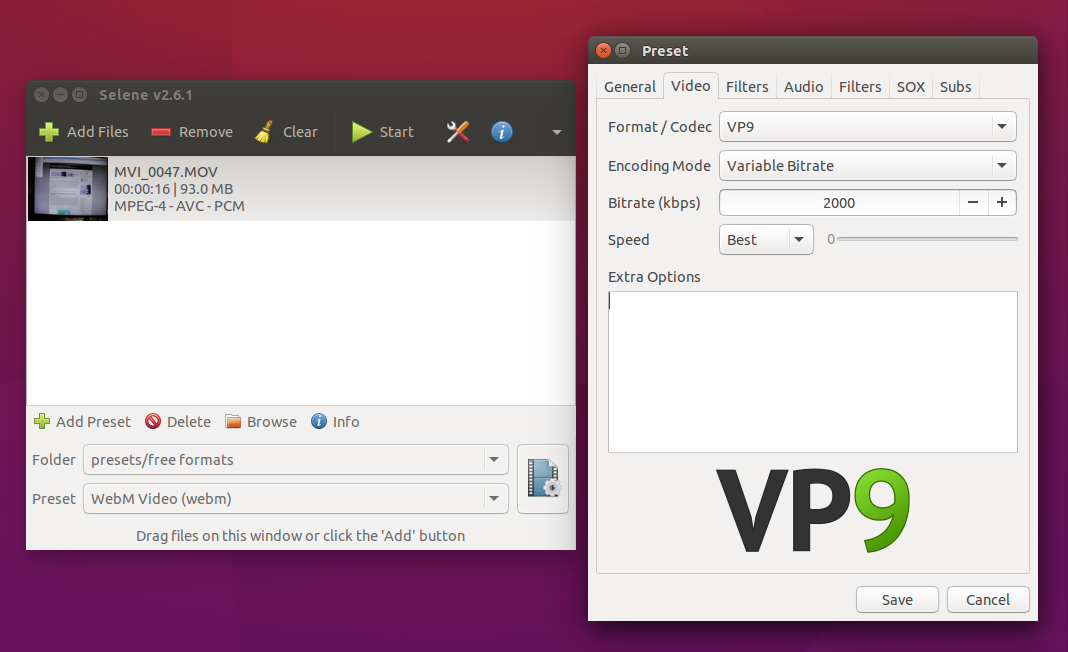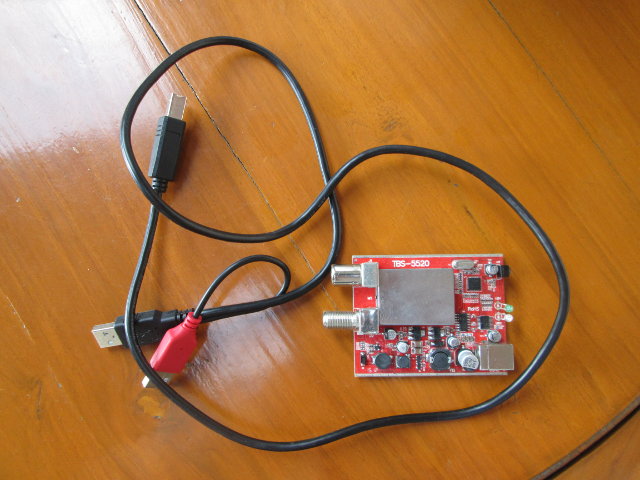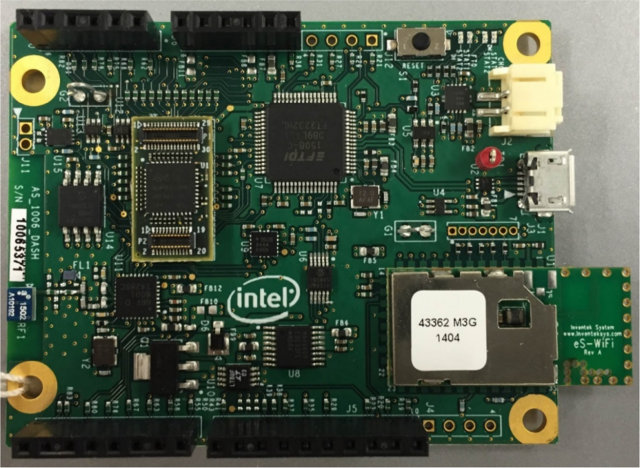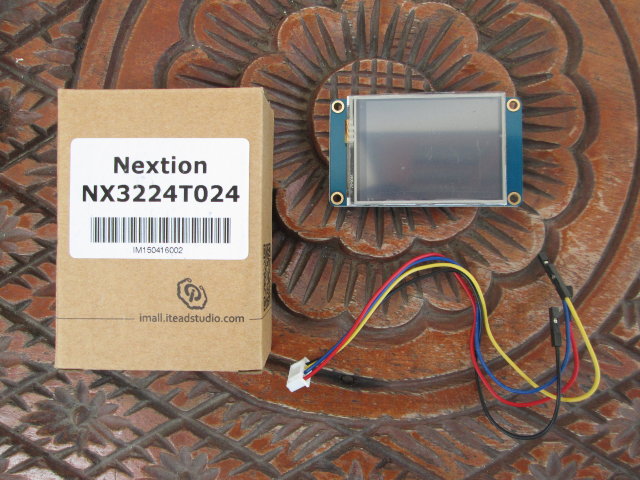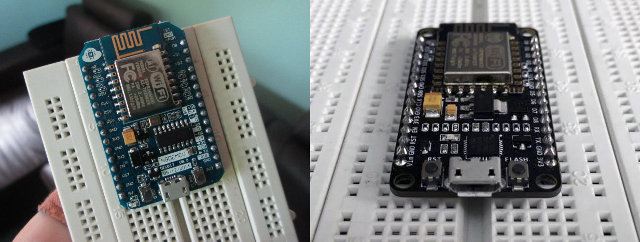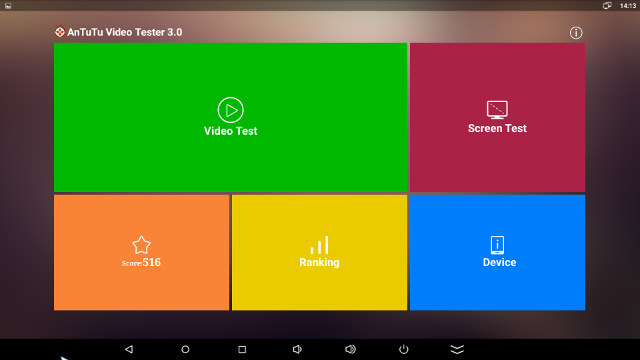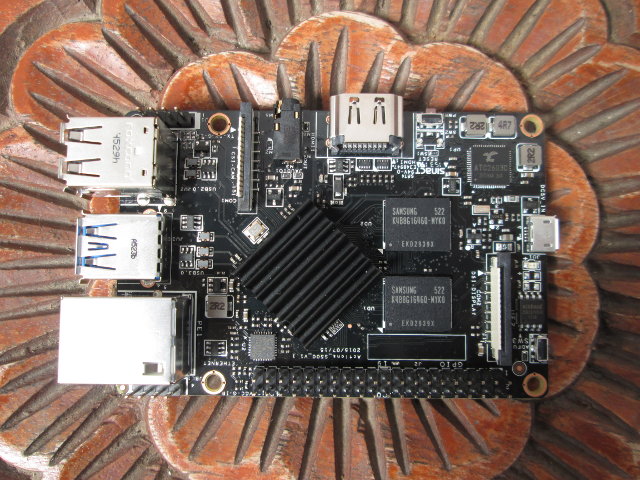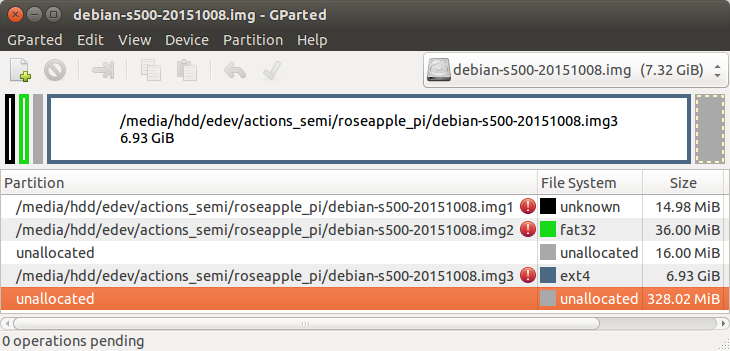1080p videos are all good, but my Internet connection’s upload speed is limited to 512 Kbps, so for example uploading a 20 minutes H.264 video shot at 1080p30 may easily take 10 hours, even after some processing with Handbrake. So this week-end I investigated how I could reduce the upload size, and going with H.265 codec appeared to be a good idea at first. So I tried again H.265 encoding in Handbrake in Ubuntu 14.04, and discovered that adjusting CRF (constant quality factor) to 25 with H.265 was roughly equivalent to 20 with H.264, and both the compression ratio and encoding speed were greatly improved compared to default settings with a minor degradation in quality. If you happen to have a second generation Nvidia Maxwell graphics card you may want to check Nvidia Video Encoding SDK for speedier encoding. All was good until I decided to upload a test video, […]
TBS5520 Multi-Standard Tuner Box and Linux Drivers
TBS Technologies is a company that specializes in digital TV tuner cards for PC, and recently they’ve also worked on ARM based boards or devices such as the Matrix 2. The company has sent me one of their TBS5520 USB tuner board and box supporting DVB-T2, DVB-S2, DVB-C and ISDB-T for evaluation, as well as some Linux drivers. Today, I’ll provide some specifications, take some pictures, and show how I compiled and installed the drivers in my Ubuntu 14.04 computer. TBS 5520 Tuner Box specifications TBS5520 is a multi-standard USB tuner with the following features: USB – USB 2.0 device port Antenna connectors – 1x LNB IN, 1x RF IN Standards DVB-S2/S Symbol rate: 1~45Msps; FEC DVB-S2: 8PSK: 3/5, 2/3, 3/4, 4/5, 5/6, 8/9, 9/10; DVB-S: QPSK: 1/2, 2/3, 3/4, 5/6, 7/8 DVB-T2/T Receiving channel: VHF band, UHF band; Bandwidth: 1.7,5, 6, 7, 8 MHz; FEC: QPSK, 16QAM, 64QAM, 256QAM […]
Intel Quark D1000 Customer Reference Board and Intel System Studio for Microcontrollers
Intel unveiled Intel Quark D1000, D2000 and SE micro-controllers last week, with Intel Quark D1000 available now for $2.5 to $4 depending in quantities, and to my knowledge the first Intel MCU that can be considered ultra low power. I could not see a development board at the time, but Intel does have an Intel Quark D1000 Customer Reference Board with a familiar Arduino form factor. Intel Quark D1000 board specifications: MCU – Intel Quark D1000 32-bit CISC micro-controller @ 32 MHz Storage – 4MB SPI flash (Microchip ) Connectivity – Bluetooth LE radio, Wi-Fi (Inventek Systems Serial to Wifi module) Sensor – 3-axis accelerometer Expansion – Arduino compatible headers with GPIOs, I2C, SPI, UART, analog inputs, and 5V, 3.3V and GND. Debugging – mini USB port for programming and debugging; JTAG pins Power – 5V via mini USB port, or LiPo / Li-ion battery Dimensions – N/A Information about […]
How to Use Nextion Serial Touchscreen Displays – Part 1: Standalone Mode
Itead Studio launched an Indiegogo campaign earlier this year for their Nextion TFT displays that can be connected to external board such as Arduino or Raspberry Pi via the serial interface, or even a standard computer provided you have a USB to TTL debug board. The campaign was successful with over 1,700 backers, and the company recently sent me two samples for review: a 2.4″ display and a 5″ display. In this post, I’ll look at the boards, and make a small standalone demo with Nextion Editor in Windows. Nextion NX3224T024 2.4″ Display The first item is a 2.4″ TFT display called NX3224T024_011N (non-touch) or NX3224T024_011R (Resistive touch) with 65536 color, 320×240 pixel resolution, LED backlight and up to 200nit brightness. It ships with a cable for the serial connection (5V, Tx, Rx, and GND). The back of the display features the serial connector, a micro SD used to load the […]
Getting Started with NodeMCU Board Powered by ESP8266 WiSoC
Since ESP8266 is now so popular, I’ve recently bought a NodeMCU board to try it. I selected this board because the latest version of the board is breadboard-friendly, integrates a USB to serial chip, and it can be powered by a simple USB to micro USB cable. I also noticed a ESP8266 tutorial with NodeMCU firmware by SwitchDoc Labs the other day (using ESP-12 and Adafruit Huzzah), which I applied to my NodeMCU board, but since I encountered a few issues, I decided to report my findings, and write my own little getting started guide to switch on/off LED and GPIOs using a web interface. NodeMCU v0.9 and NodeMCU v1.0 If you are going to purchase a NodeMCU board it’s important to know there are two official versions: NodeMCU v0.9 with ESP-12 module NodeMCU v1.0 with ESP-12E module The main complain about NodeMCU v0.9 is that while it fits on […]
How to Install Antutu Video Tester 3.0 and Video Sample Files Manually
I’ve been running Antutu Video Tester for my TV box reviews for over a year. I usually simply install Antutu Video Tester 2.2 from Google Play, then there’s a prompt offering to upgrade to Antutu Video Tester 3.0 (as for some reasons it’s not in Google Play) and once this is done, the app will download the video samples from some server before starting the test. However, recently it’s become a pain as I’ve had numerous problems installing the latest version of the app, and then downloading the video samples, as it may take 2, 3 or 4 hours to download all the necessary files from Antutu server, and once or twice I just gave up. As the problem occurred yet again today, I decided to install the benchmark app manually. China Gadgets Reviews provides several download links with AVT 3.0 apk and the video samples, and I select my […]
Linux Quick Start Guide for Roseapple Pi Board based on Actions Semi S500 Processor
Roseapple Pi is a development board powered by Actions Semi S500 processor with 2GB RAM, a USB 3.0 port and more, that is based on Actions Semi Bubblegum-S500 reference design also used by Lemon Pi board. The team behind the project sent me an early sample to try it out. I’ll take some pictures, before explaining how to install and setup Debian 8.1, and how to build and run your own minimal image from source. These instructions should also work for Lemon Pi and LeMaker Guitar boards. Roseapple Pi Photos I received the board in a bubble envelope with a thank you letter, and the board itself in an anti-static bag. No other accessories were provided. Ports, connectors, and headers from top left counter-clockwise: 4-pin UART console, two USB 2.0 ports, one USB 3.0 port, 10/100 Ethernet, a 40-pin Raspberry Pi comptabile header, a MIPI DSI connected, a micro USB […]
How to Reduce SD Card Firmware Images Download Size
So I’ve just received a Roseapple Pi board, and I finally managed to download Debian and Android images from Roseapple pi download page. It took me nearly 24 hours to be successful, as the Debian 8.1 image is nearly 2GB large and neither download links from Google Drive nor Baidu were reliable, so I had to try a few times, and after several failed attempt it work (morning is usually better). One way is to use better servers like Mega, at least in my experience, but another way to reduce download time and possibly bandwidth costs is to provide a smaller image, in this case not a minimal image, but an image with the same exact files and functionalities, but optimized for compression. I followed three main steps to reduce the firmware size from 2GB to 1.5GB in a computer running Ubuntu 14.04, but other Linux operating systems should also […]


